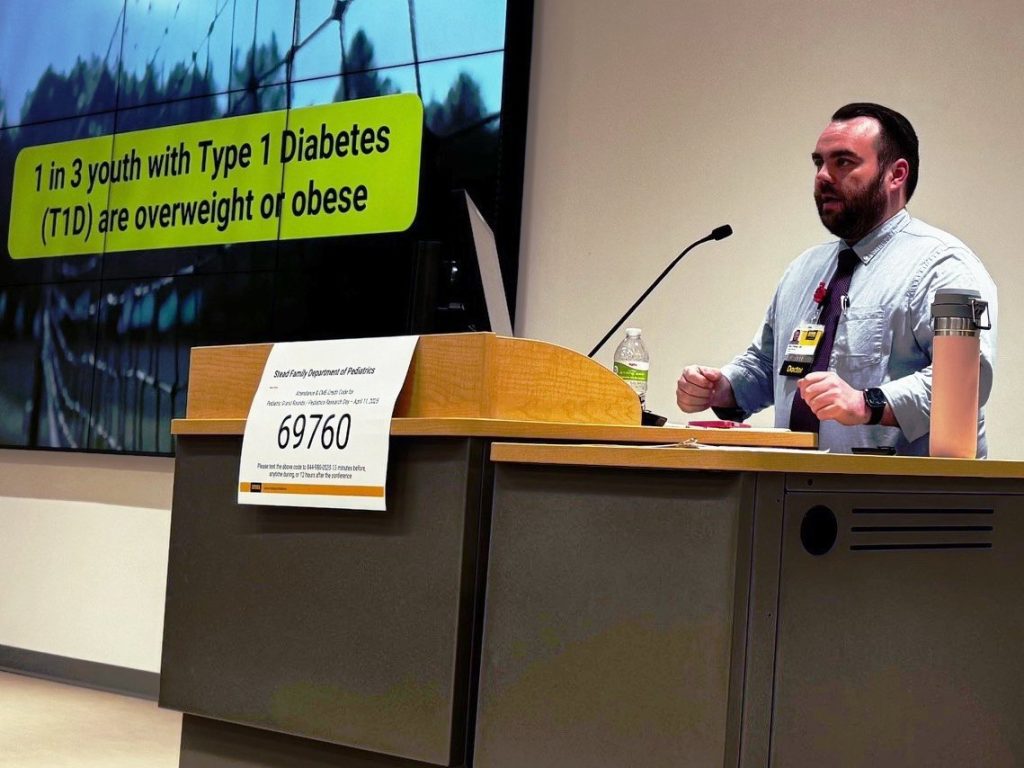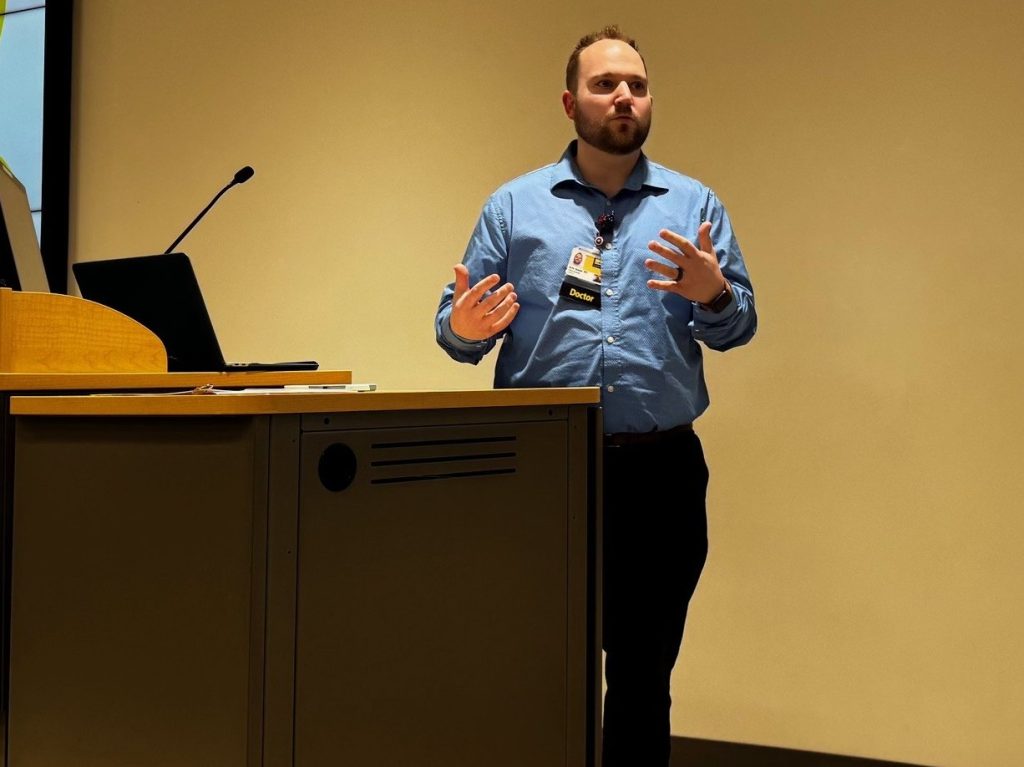
Children admitted to the Pediatric Intensive Care Unit (PICU) often receive glucocorticoid steroids as part of their treatment. While these medications can be highly effective in managing critical illness, prolonged use may lead to adrenal insufficiency—a dangerous but treatable condition in which the body cannot produce adequate levels of cortisol. To better understand the risks, researchers reviewed the medical records of 530 pediatric patients who received steroids during their PICU stay. Among these patients, 2.3% were diagnosed with adrenal insufficiency. The study identified several key risk factors including the following: younger age, higher cumulative dose of steroids and the use of steroids specifically for treating excess inflammation. These findings aim to improve the identification of pediatric patients at risk for adrenal insufficiency following critical illness. The study has been published in the Journal of Intensive Care Medicine. The lead author, Dr. Radig, will soon join our Division as a pediatric endocrinology fellow. Also contributing to the the research was Dr. Curtis, also from our Division. The abstract is available on PubMed at the following link.











